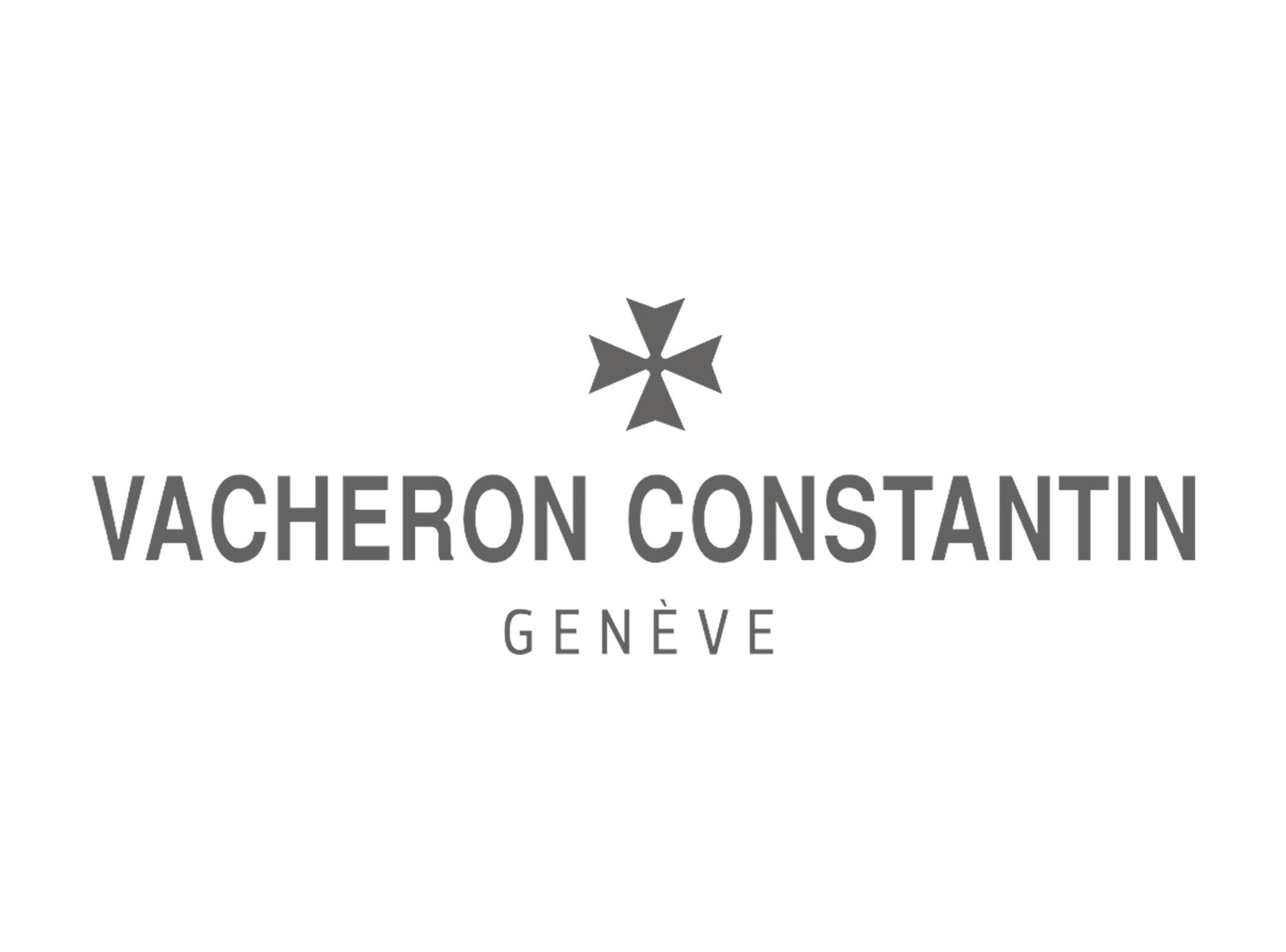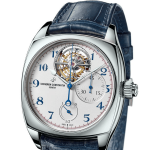At the occasion of its 260th anniversary celebrations, the Manufacture Vacheron Constantin is making a remarkable return to its roots by enriching its Métiers d’Art with two timepieces distinguished by movements that are entirely hand-engraved in keeping with classic ornamental watchmaking traditions. The plates and bridges of the hand-wound 2260 and 4400 calibers are adorned with delicate floral motifs, reminiscent of the engravings gracing the first pocket watches created by Vacheron Constantin from 1755 onwards. Housed in a precious platinum case, these two iconic movements from the Manufacture feature traditional tone-on-tone decors expressing a desire to achieve a pure, understated design. The scrolling motifs and arabesques pay tribute to the acanthus leaf, an exceptional source of inspiration consistently celebrated since Antiquity across all forms of artistic expression. Engraving, which has been used in watchmaking right from its very origins, is a demanding art requiring extreme expertise and dexterity on the part of the master artisan who sculpts tiny parts without ever compromising their perfect aesthetic and functionality. The skilfully engraved parts endow these timepieces with a distinctive stature, confirmed by the Hallmark of Geneva.
After recently providing an airily graceful interpretation of the art of openworking in its most contemporary and archihitectural expression, the Métiers d’Art Collection by Vacheron Constantin pays an elegant tribute to the traditional engraving of Haute Horlogerie movements. To exalt the beauty of the two iconic in-house movements, Calibers 2260 and 4400 have been adorned with floral motifs inspired by ancient jewellery. Reflecting the finest ornamental traditions, these scrolling motifs and arabesques are hand-engraved on functional parts so as to magnify their exceptional mechanics and unique aesthetic appeal. Epitomising these traditional decors, the acanthus leaf appearing on these two movements is a characteristic ornamental element in classic Greek architecture. Its earliest representations date back to the fifth century BC, when it adorned the capitals of Corinthian columns. Thanks to its stylised shape affording inexhaustible interpretive freedom, the acanthus leaf is depicted on countless artistic creations dotted across the history of Western civilisation, especially during the Renaissance and the Baroque period. A symbol of eternity, victory and glory, this refined plant-life motif has found its way through the centuries, expressed in a rich variety of fields including engraving, marquetry, embroidery and painting. Its distinctive curves thus adorn a number of pocket-watch movements at the heart of the Vacheron Constantin heritage. Subsequently a number of calibers developed by the Manufacture have been graced with some remarkable hand-crafted decorations:
18th century floral motifs; mid-19th century scrolling patterns; cherubs and arabesques in the 1920s; “mille feuilles” (“thousand-leaf swirls”) in the 1940s, and arabesques once more in the 1980s. To honour this ancestral art that has consistently exalted its horological expertise since its early years, the Manufacture Vacheron Constantin has chosen the Métiers d’Art Collection to house two timepieces equipped with calibers entirely hand-engraved in keeping with the tenets of traditional decorative work.
The art of engraving on an infinitely small scale
While the extremely malleable acanthus leaf motif gives artists from all horizons almost boundless scope for expression, engraving the functional parts of an Haute Horlogerie movement is an astoundingly delicate task. A miniaturised work of art such that only the most virtuoso masterengravers can even begin to envisage, since the extreme slenderness of the parts to be engraved calls for impressive dexterity and expertise in order to reveal a motif without ever damaging the functionality of complex mechanisms. Eager to magnify two benchmark calibers and to demonstrate the talent of its gifted artisans, the Manufacture Vacheron Constantin made the demanding choice of maintaining the movement composition exactly as usual. This means that no part to be engraved has been made any thicker to facilitate the task of the engraver, who must therefore sculpt surfaces that are less than one millimetre thick. In addition to the supreme challenge of miniaturisation, this infinitely delicate work consists in engraving motifs on parts that have been previously bevelled, straight-grained, circular-grained and polished by the decorative artisans of the Manufacture – since, like all movements developed by Vacheron Constantin, Calibers 2260 and 4400 feature superlative Haute Horlogerie finishes. Performing the last stage in a remarkable ornamental process, the master engraver works with no safety net, intensely focused and driven by a constant concern to avoid any scratching of the perfectly finished surfaces. Using a tool known as a chisel, he first marks out a line engraving to define the contours of the motif. He then conscientiously removes a certain amount of material using the champlevé technique. This operation that involves hollowing to a depth of 2/10 of a millimetre serves to create a volume effect and brings out the raised motif. With parts sometimes measuring less than 0.35 mm thick, there is a considerable risk of piercing or distorting the metal. Working around the chamfers, the inside of the bridges and plates as well as the jewel holes – which cannot be altered in any way – is a particularly meticulous task. This painstakingly intricate labour of love, entailing more than ten days spent engraving a single caliber, reveals an admirable contrast between the brilliance of the polished motifs and the matt appearance of the other surfaces. A subtly patinated anthracite colour is finely wrought with a tiny pointed tip, enhancing the volumes and relief effects. In a clever play of light and shade, the Métiers d’Art Mécaniques Gravées models provide an original interpretation of the grand ornamental tradition, imbued with a powerful sense of understated elegance.
Read more...




















You must be logged in to post a comment.